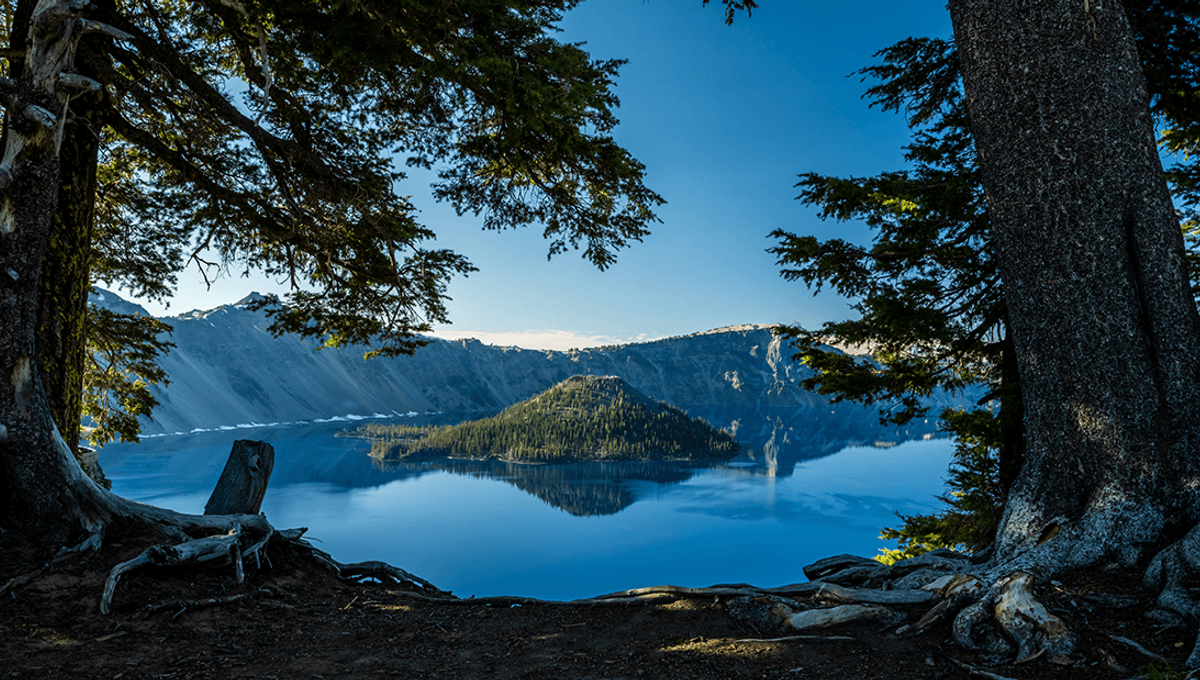
A new study has found surprising evidence of large bodies of magma lurking beneath long-dormant volcanoes in the Cascade Range in the USA, with potentially huge implications for how geologists predict and monitor volcanic eruptions.
ADVERTISEMENT GO AD FREE
Volcanoes generally come in three flavors: active, dormant, and extinct. Though it gets a little complicated in terms of what volcanoes qualify for each category, active volcanoes are ones with a recent eruption history, dormant volcanoes are ones that have not erupted in a long time but have the potential to do so in the future, while extinct volcanoes are no longer active or at risk of erupting.
It has long been believed that active volcanoes have large bodies beneath them, which are then largely ejected during eruption, and dissipate as the volcanoes move to being dormant. The new study, led by researchers at Cornell University, challenges this view.
The team looked beneath the Cascade Range, the mountain range spanning from the south of British Columbia, Canada, to North Carolina, USA, modeling it through the use of seismic wave data. The Cascade Range contains an array of volcanoes, differing in how active they are, as well as size.
“The volcanoes are the result of the slow slide of dense oceanic crust as it sinks beneath North America (subduction), which releases water and melts overlying rock,” the US Geological Survey (USGS) explains. “This rich volcanic zone contains the well-known landmark volcanoes and approximately 2,900 other known volcanic features ranging from small cinder cones to substantial shield volcanoes.”
Some volcanos, such as at Crater Lake in Oregon, have not been active in around 4,800 years, while seven volcanos in the Cascade Range have erupted since the beginning of the 18th Century. And yet, looking at the range as a whole, the team found that all of the volcanoes studied had large bodies of magma beneath them, including the ones deemed dormant.
ADVERTISEMENT GO AD FREE
“Regardless of eruption frequency, we see large magma bodies beneath many volcanoes,” Guanning Pang, the postdoctoral researcher who led the study, said in a statement. “It appears that these magma bodies exist beneath volcanoes over their whole lifetime, not just during an active state.”
The team points to the range of volcanoes at the range, from the infamously active Mount St Helens to the geologically quiet Crater Lake.
“Despite this diversity, we identify crustal magma bodies with comparable sizes beneath all these volcanoes at similar depths,” the team writes in their paper. “There appear to be long-lived, although not necessarily eruptible since the melt fraction is lower than the critical melt fraction of >35 percent, magma bodies beneath most of these active volcanoes.”
The team believes that this supports the idea that eruption does not drain magma chambers, but relieves a little pressure within them.
ADVERTISEMENT GO AD FREE
“For example, at Mount St Helens, the estimated volumes and melt fractions give upper-crustal melt volume of 8.5–171.0 km3, compared with a magma-equivalent eruption volume of 0.5 km3 for the 1980 eruption, or Holocene rates of eruption of ~2 km3 kyr–1,” the team writes. “Such a magma body could then grow over a lifetime comparable to the 105–106 yr typical lifetime of Cascade Range volcanoes, being steadily recharged from below and erupting only a small fraction of the available melt.”
While complicating the picture of volcanic activity, the finding could help lead to better predictions of volcanic eruptions.
“We used to think that if we found a large amount of magma, that meant increased likelihood of eruption,” Pang added, “but now we are shifting perception that this is the baseline situation.”
More study, as always, is needed.
ADVERTISEMENT GO AD FREE
“If we had a better general understanding of where magma was, we could do a much better job of targeting and optimizing monitoring,” Geoffrey Abers, professor in geological sciences, said, adding that there are a “great many volcanoes that are sparsely monitored or have not been subject to intensive study.”
The team is planning further investigations into magma chambers beneath a variety of volcanoes, including those in Alaska.
The study is published in Nature Geoscience.
Source Link: Large Amount Of Magma Found Beneath US Volcano Dormant For 4,800 Years